Civil unrest can strike when you least expect it. Riots are unpredictable and dangerous, but with the right knowledge, you can significantly increase your chances of staying safe. These 15 tips are based on expert advice and extensive research. Remember, your primary goal should always be to avoid the riot altogether, but if you find yourself caught in one, these strategies could be lifesavers.
Stay Informed

Keep your ear to the ground for any signs of potential unrest. Local news, social media, and police scanners are invaluable tools. Tensions often build up over days or weeks before erupting. By staying informed, you can avoid dangerous situations before they start. Consider following local community leaders and activists on social media, as they often have insider knowledge about upcoming protests or potential flashpoints. Pay particular attention to any announcements about road closures, public transport disruptions, or increased police presence, as these can be early indicators of potential unrest.
Plan Your Escape Routes
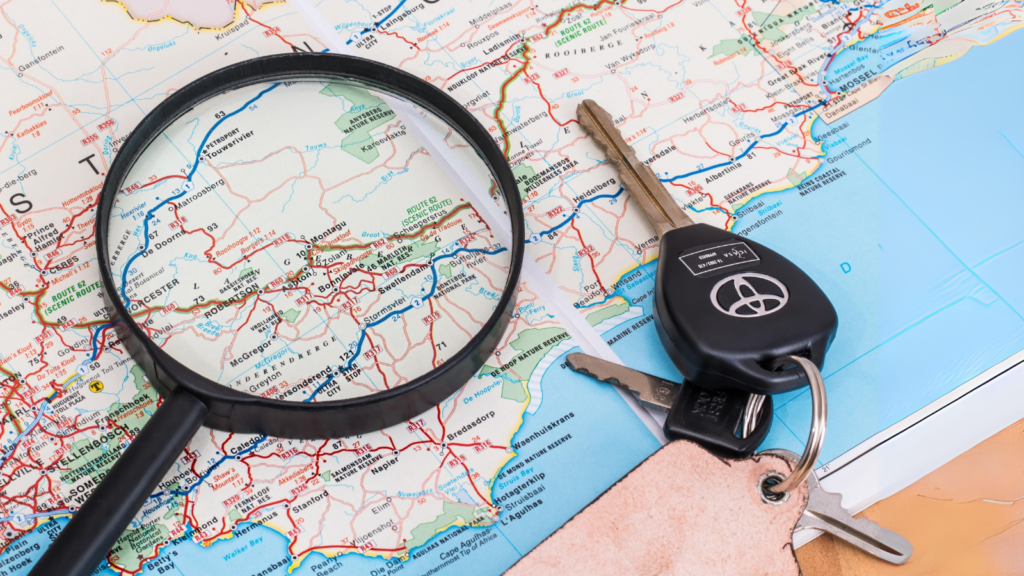
When in an unfamiliar area, make it a habit to identify at least two escape routes. Look for side streets, alleys, and buildings with multiple exits. In a riot, main streets can become blocked quickly, so knowing alternative paths is crucial. Make mental notes of potential safe havens along your routes, such as 24-hour businesses or police stations. Consider downloading offline maps of the area to your phone, as internet services may become unreliable during a riot.
Blend In With the Crowd
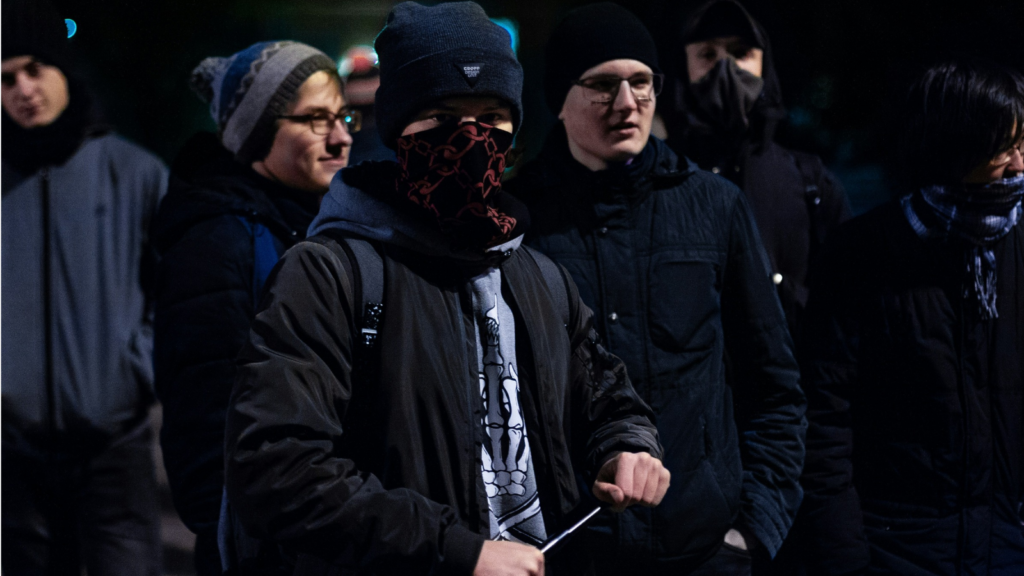
If caught in a riot, standing out can make you a target. Keep a plain, dark-colored jacket in your car for situations like this. Avoid wearing clothes with logos or distinctive patterns. Remove or cover any visible jewelry or watches, as these can make you a target for opportunistic thieves. If possible, carry a nondescript backpack or bag that can hold essential supplies without drawing attention.
Keep Your Distance From Law Enforcement
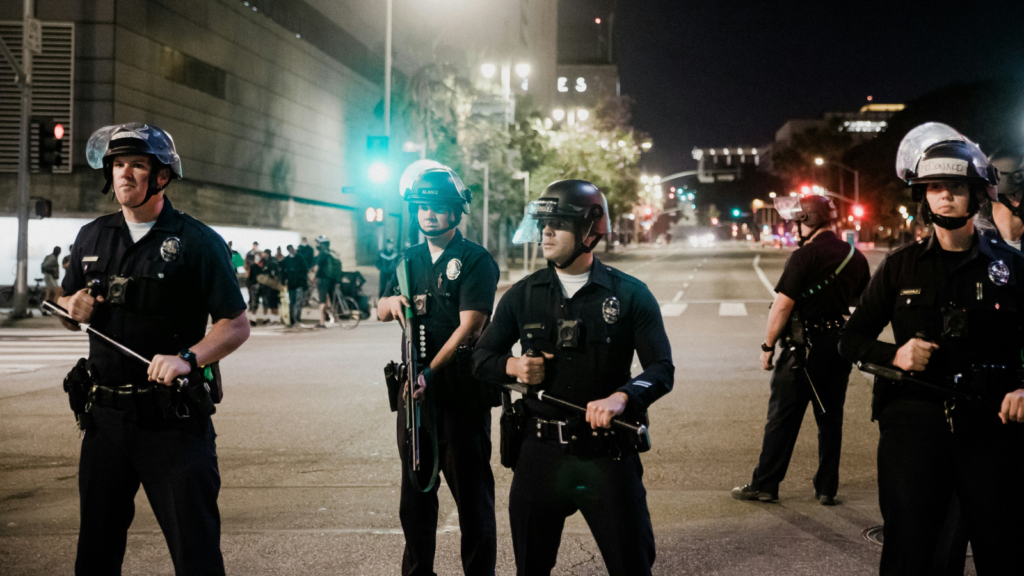
During a riot, law enforcement often becomes a focal point for violence. Maintain a safe distance from law enforcement officers, as they may use crowd control measures like tear gas or rubber bullets indiscriminately. If you see officers donning riot gear or gas masks, it’s a clear sign that the situation is about to escalate, and you should leave immediately. Be aware that police may establish cordons or kettles to contain crowds, so always keep an eye out for potential exit routes.
Travel in Groups

There’s safety in numbers. If possible, stick with a group of trusted friends or family. Groups of 3-5 people are ideal – large enough for safety, but small enough to move quickly. Use a buddy system to ensure no one gets separated. Before heading out, agree on a meeting point in case you get split up, and make sure everyone knows the route to get there. Establish hand signals or code words for quick, discreet communication within your group.
Avoid Confrontation
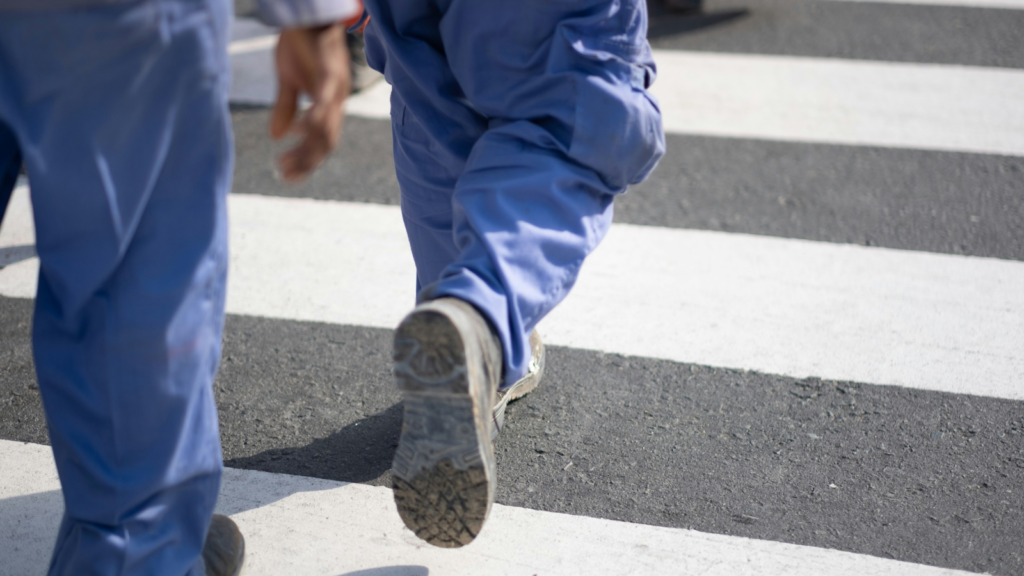
It’s tempting to argue with rioters or try to stop looting, but this can put you in serious danger. Your safety should be your top priority. Keep moving and avoid engaging with anyone involved in the riot. If someone tries to provoke you, don’t respond – just keep moving and try to put distance between yourself and the aggressor. Remember that even verbal confrontations can quickly escalate to physical violence in a charged atmosphere.
Carry a First Aid Kit

A compact first aid kit is essential. In a riot situation, minor injuries can quickly become major problems if left untreated. Include essentials like bandages, antiseptic wipes, and a small bottle of eyewash in case of tear gas exposure. I also include a pair of latex gloves and a CPR face shield – you never know when you might need to provide emergency first aid. Consider adding a small bottle of antacid solution mixed with water, which can help neutralize the effects of tear gas on skin and eyes.
Stay on the Periphery
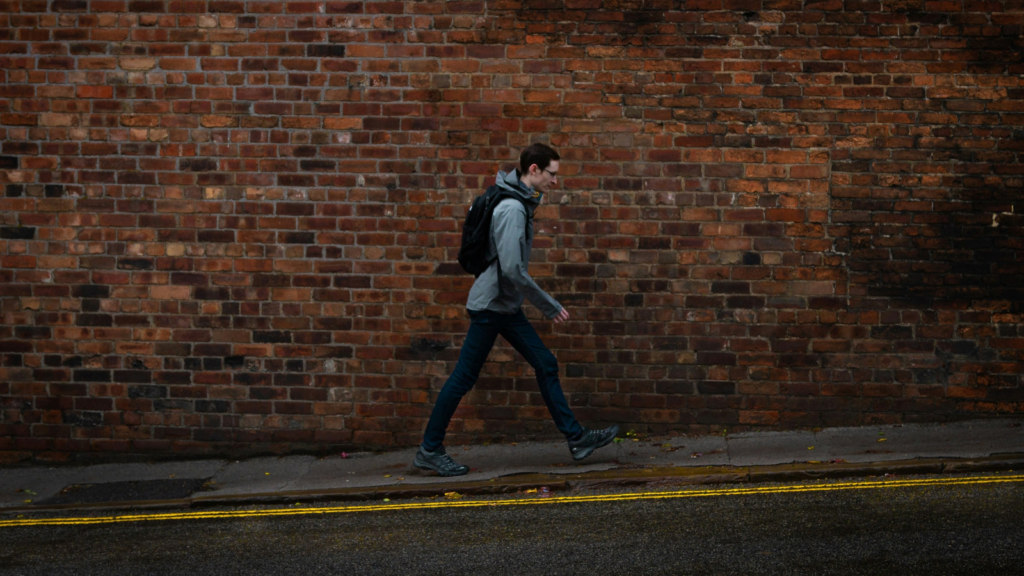
The center of a riot is the most dangerous place to be. Try to stay on the edges of the crowd, close to buildings or side streets. This gives you more escape options and reduces the risk of being trapped if the situation escalates. Moving diagonally through a crowd is often easier than trying to push straight through. Keep an eye out for “choke points” where the crowd might become bottlenecked, and avoid these areas if possible.
Be Aware of Your Surroundings

Situational awareness is key. Constantly scan your environment for potential threats or changes in the crowd’s behavior. Look for signs of escalating violence, such as people arming themselves with improvised weapons. Pay attention to the mood of the crowd – if people start putting on masks or goggles, it’s a sign that they’re preparing for confrontation. Listen for changes in crowd noise – sudden silences or increases in volume can indicate a shift in the situation.
Protect Your Head
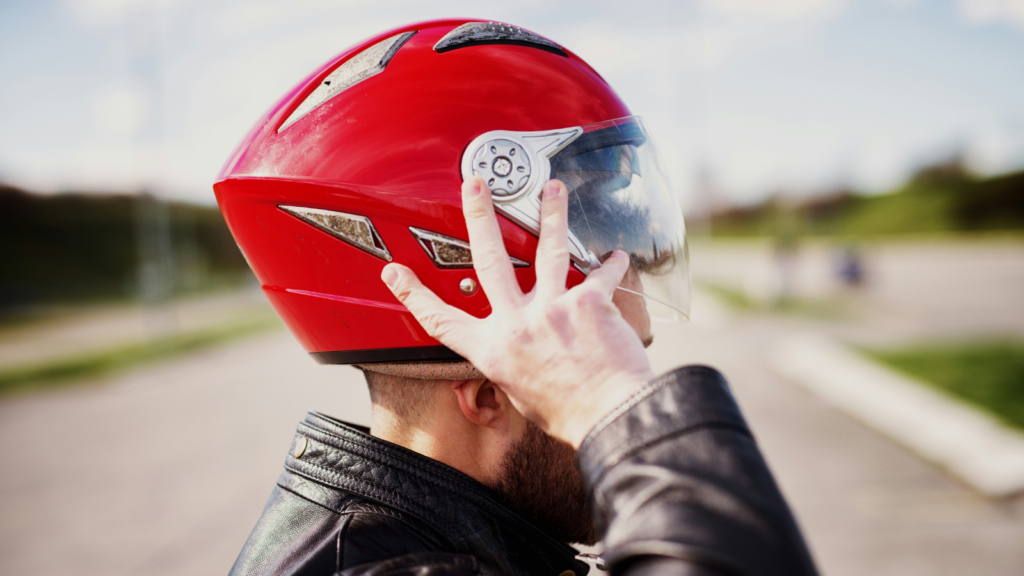
If violence breaks out, protecting your head should be a top priority. Consider carrying a sturdy baseball cap in your go-bag, which can offer some protection from thrown objects. In a pinch, use your arms to shield your head and face. If you have the option, a bicycle or motorcycle helmet provides even better protection. Remember that projectiles can come from any direction in a riot, so remain vigilant and ready to protect your head at all times.
Don’t Take Videos or Photos
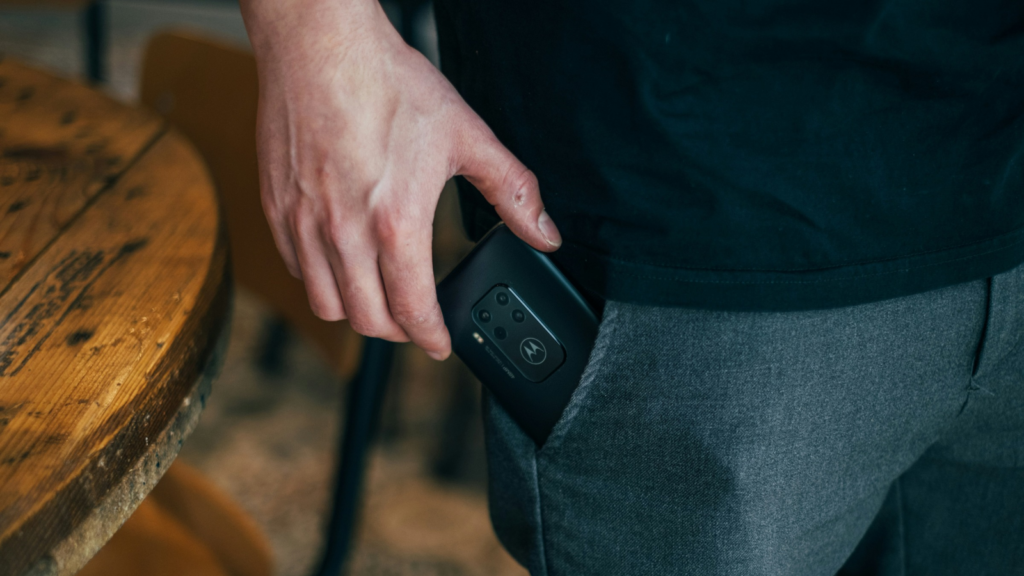
While it might be tempting to document the chaos, taking out your phone can make you a target. Keep your phone hidden and use it only for emergency communications. If you absolutely must document something, be discreet and do it quickly – don’t linger or make it obvious that you’re recording. Be aware that in some jurisdictions, law enforcement may confiscate phones or demand access to your footage, so consider the potential legal implications of recording.
Have a Communication Plan
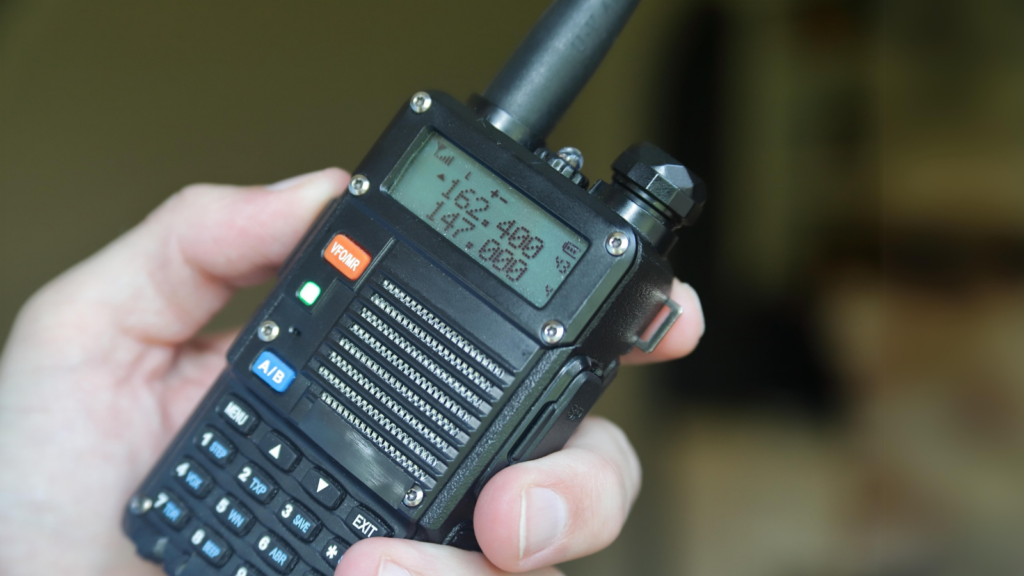
Before heading into any potentially volatile situation, establish a communication plan with your family or group. Have predetermined meeting points and check-in times. If cell networks go down, consider using walkie-talkies with pre-agreed channels and code words. Designate an out-of-area contact who can relay messages between group members if local communications are disrupted. Memorize key phone numbers in case your phone is lost or damaged.
Stay Sober and Alert

Keep a clear head at all times. Your ability to make quick, rational decisions could save your life. If you’re in an area prone to unrest, limit your alcohol consumption and stay away from any mind-altering substances. Stay hydrated and carry energy bars or other snacks to maintain your blood sugar levels, as heightened stress can quickly deplete your energy reserves.
Know When to Run
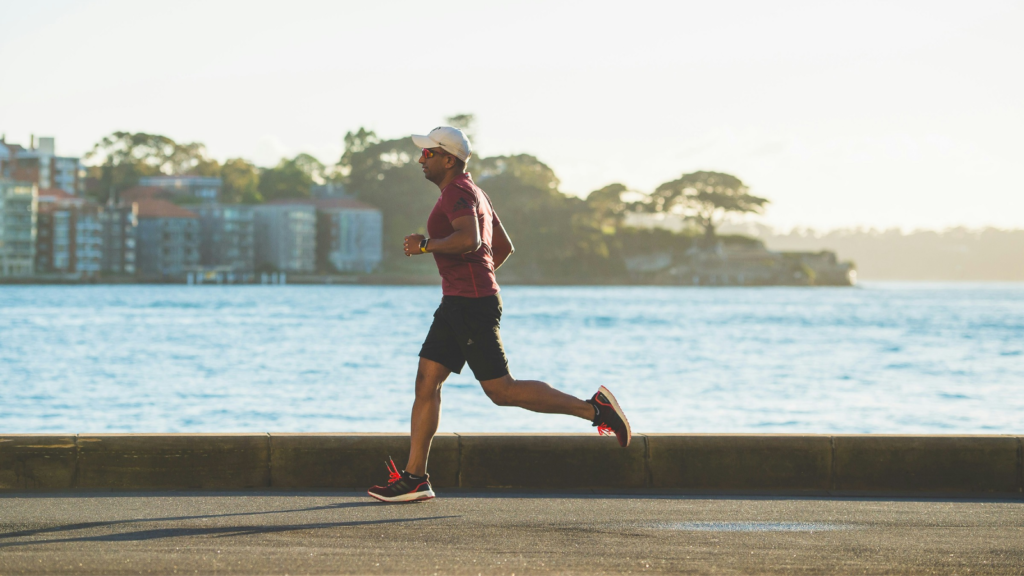
There’s no shame in retreating from a dangerous situation. If you see the crowd becoming more aggressive or hear gunshots, it’s time to leave immediately. Don’t wait for things to calm down. When running, keep your arms bent at the elbow and hands up near your chest – this helps protect your face and vital organs while maintaining balance. If tear gas is deployed, remember to run against the wind to minimize exposure.
Practice Calm Breathing

In high-stress situations, controlling your breathing can help you stay calm and think clearly. Practice this simple technique: breathe in for four counts, hold for four, then exhale for four. Regularly practicing this technique in your daily life will make it easier to implement when you’re under stress. Combine this breathing technique with positive self-talk to maintain your composure and make rational decisions under pressure.

